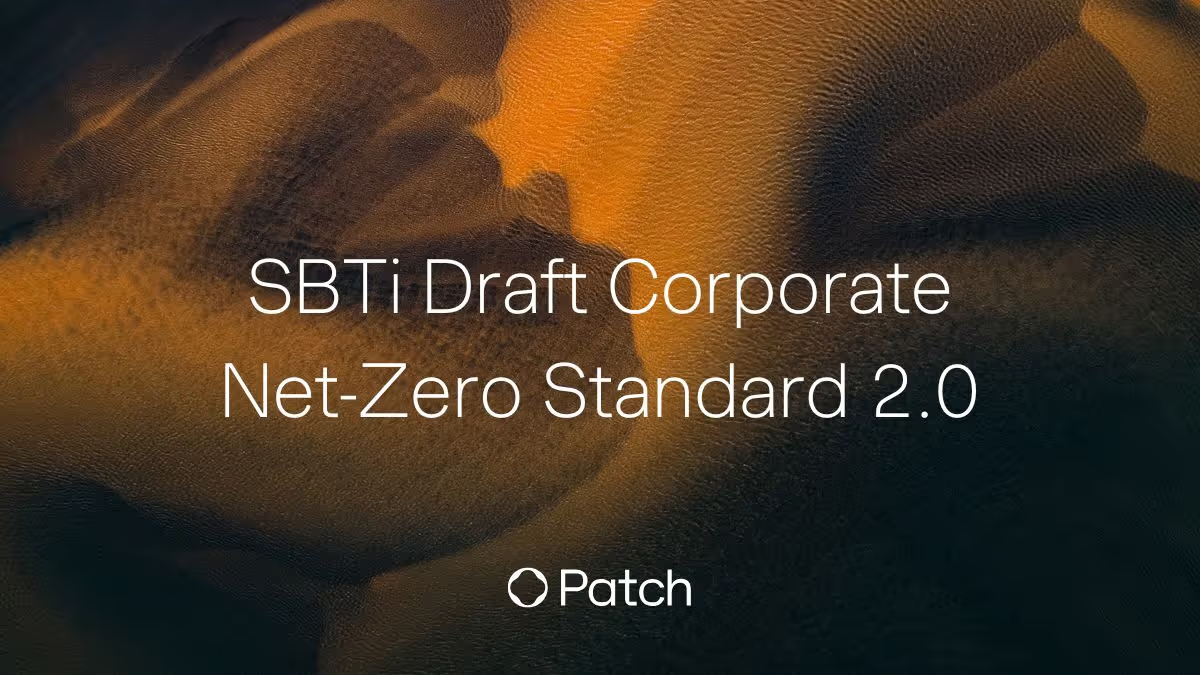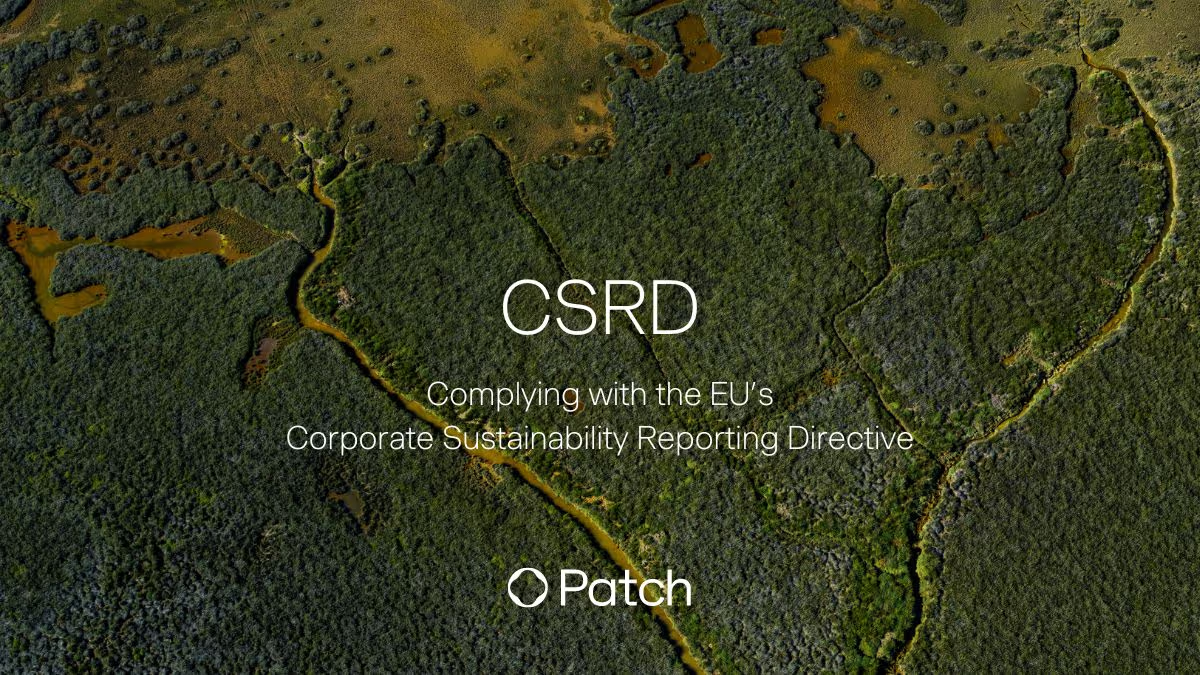In the nearly 30 years since world leaders began negotiating measures to curb global warming, the world has broken annual global high temperature records eight times. July of 2021 was the hottest month in the 142 years people have recorded global temperatures. The planet has warmed more since 1992 than it did in the 110 years prior. Intensifying global warming has disastrous implications for both the Earth and human society—and the costs are already stacking up.
The United States alone has experienced 265 weather disasters since 1992, with a total death toll of 11,991 and a total cost of $1.8 trillion. In that same time period, the world has experienced nearly 8,000 climate-related disasters that have killed 563,735. What’s more: World Health Officials estimate the annual death toll from climate change will rise to 250,000 a year in the 2030s.
To avert outcomes worse than this—outcomes that would be truly catastrophic for civilization—nations must meet the goals set forth in the Paris Agreement, which aims to limit global warming to 2 degrees Celsius or less—ideally less than 1.5 degrees. Getting there will take major investments from businesses around the world to reach “net zero” by 2050, which requires businesses to drastically reduce their emissions in line with science based targets, and to compensate for any residual carbon emissions with carbon removal so that the net gain in CO2 is zero.
The natural question that arises from these alarming statistics: How much will it cost to meet this goal, and who will finance it? The price tag for an energy transition that would keep the planet below a 1.5 degrees Celsius rise is estimated to be $4.13 trillion per year until 2030. CPI reports that the annual global investment in 2019 and 2020 averaged $632 billion per year, only 15 percent of the target.
Paying for energy transition is only one piece of a complex puzzle. Businesses—not just those categorized as climate tech—are taking a hard look at their carbon profile. This overall focus on mitigating the damage business does to the environment has become crucially important to private equity and venture capital funds.
The private market ended 2020 with $7.3 trillion in assets under management and continues to grow rapidly. With its access to and control over vast assets and its influence with portfolio companies, the sector is understanding its crucial role in mitigating climate impact. Influencing general partners to set mid- and long-term science-based targets that align with the Paris Agreement’s goal is vital to transitioning to net zero by 2050.
Over 75% of limited partners surveyed by PE secondaries investment firm Coller Capital ranked climate change and sustainability as the most influential trend in investing over the next five years, and 47% believe a strong ESG policy will improve their long-term private equity returns. The fiduciary responsibility PE firms have to their investors to return financial performance supports the need for ESG management issues; in fact, not focusing on climate change represents a risk to long-term performance. Larry Fink has gone on the record saying, “We focus on sustainability not because we’re environmentalists, but because we are capitalists and fiduciaries to our clients.”
A PwC report shows the growing momentum on acting on net zero has led to recent commitments from nearly 300 global corporations and is bolstered by a strengthened regulatory setting that has led to over one hundred countries committing to reach net zero by 2050. To top it off: In advance of the 2021 United Nations Climate Change Conference in Glasgow, Scotland, 90 PE firms with $700 billion in assets under management had made climate commitments.
Executing on climate commitments, however, is another matter altogether. Though the private equity sector is beginning to direct its attention to measuring its carbon footprint and decarbonizing investments, many funds are still navigating how to neutralize residual emissions at scale, with high-quality investments. The Science Based Target initiative (SBTi), a new guidance supported by the UN PRI and signers of the Initiative Climat International, was released in November 2021 and tailored specifically for the business models of private equity firms to align their operations and portfolios with net zero 2050. SBTi provides recommendations to funds across regions and provides the criteria and tools to funds to reduce the barriers to adoption. The initiative has already validated plans made by six PE funds.
However, many individual companies—especially smaller ones—who may want to invest in carbon removal projects to offset their emissions simply aren’t able to find high quality projects to invest in. And funds that want to develop a carbon offset and removal strategy for their portfolios face an even more complex challenge. “These companies are at different stages and in different industries,” says Brennan Spellacy, CEO and co-founder of Patch, the API-led marketplace that connects companies with carbon offset and removal projects . “So the need for a scalable solution for developing a carbon offset and removal purchase strategy is real. Private investors working through VC and PE funds can only reach critical mass when the platform for investing in carbon removal is industry- and size-agnostic.”
For companies that want to invest in carbon offset and removal projects, Brennan says, the barriers to entry have included more than just the cost.
“Traditionally, companies that commit to carbon removal need specialized teams to find and evaluate projects, legal teams to negotiate multiple agreements, and operational expertise to make the offsets happen,” he says. “Projects, on the other hand, often have minimum purchase orders that simply couldn’t reach cost-effectiveness for many companies, making them out of reach.”
This is exactly the problem Patch is out to solve. By creating an e-commerce-like platform of projects that have been negotiated by a dedicated team, Patch allows firms to find a portfolio of carbon removal projects that address unavoidable carbon emissions in a cost-efficient and simplified manner. Through the platform, businesses can automate purchases of carbon removal from over 40 carbon projects that specialize in direct air capture, biochar, mineralization, improved forest management, and more.
“Now, funds can build and curate certain portfolios of projects that align with their goals,” Spellacy says. Patch assists funds in designing portfolios that contain carbon credits from both removals (which eliminate CO2 directly from the atmosphere) and avoided emissions (those that compensate a company for avoiding or reducing their emissions).
Realizing that the world of emissions offsetting is unfamiliar and complex, Patch also offers support in the form of education and individualized training. “The information about best practices for offsetting is new to many funds and their portfolios,” Spellacy says. “How do you get a portfolio of companies up to speed as quickly as possible so the fund can maximize the impact of their investments in net zero? We’re building a framework—offering master classes and educational sessions—to accomplish this.”
Spellacy points to EQT, one of the world’s largest private equity firms with more than 200 companies and $70 billion under management in its portfolio. Patch prepared three offsets and removals packages for EQT and it’s portfolios to choose from. EQT began its carbon removal efforts after a thorough audit of the footprint of its portfolio, and it plans to expand its carbon removal efforts across its portfolio of private equity, infrastructure, and real estate investments.
“Patch has made it extremely easy for us and our portfolio companies to access high quality carbon credits. Using Patch’s platform, our companies can accelerate climate transformation by contributing to a portfolio of projects of their choice, which is built on latest scientific best practices for purchasing offsets” said Bahare Haghshenas, Global Head of Sustainable Transformation at EQT.
And it’s not just PE funds taking action. Felix Capital, one of the world’s top consumer-focused VC funds, has also taken bold steps in guiding its early-stage companies in navigating ESG initiatives. For instance, Felix Capital companies must commit to assessing their environmental footprint and adopting a climate and D&I policy within 12 months after closing with Felix. The fund chose to partner with Patch. In addition to offsetting its own carbon footprint on Patch, Felix also leverages Patch to power its initiatives and estimates it will save up to 30 percent in time and resources it would have devoted to conducting due diligence and on traditional vendor fees.
“Felix Capital and EQT are setting an impressive sustainability standard for other PE and VC funds,” Spellacy says. “Given current climate estimates, it’s vitally important that businesses across all industries think critically about the carbon footprint they’re creating, and the methods by which they offset emissions.”





